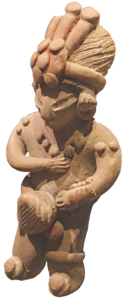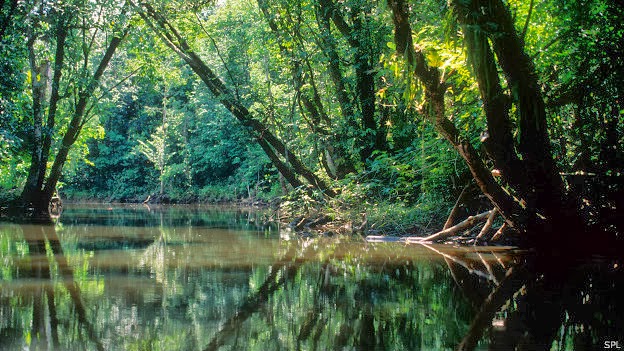This represents an endeavour to reconstruct the historical narrative of these shells. The origins trace back to the third centuries after the time of Christ, in the wetlands of central Venezuela.
- The journey might have commenced as a young individual undergoing a rite of passage into adulthood. Dwelling in the watery and lush environs of the central region, where vibrant wildlife thrived amidst the marshlands. Their expedition would have led them to the mountains, where they could interact with other tribes, share knowledge, and incidentally gather anthracite as the ultimate proof of their accomplishment.
- Obtaining anthracite was no easy task, demanding a perilous and valiant trek to a mountain situated about 700 km away from their community—potentially a year-long journey.
- The fact that the inner carved anthracite differed from the intricate details of the outer shell suggests that different hands were responsible for the carvings. Hence, it’s implied that each courageous young man, upon returning from the initiation expedition, would carve his own inner cavity. The decision of a partner would then rest with the bride, who would carve the outer shell.
- Several centuries later, Christopher Columbus, following his 1502 exploration of the eastern coast of Central America, brought back some examples of male shells to Europe. One such shell was depicted in a painting by his friend Jan Gossaert in 1516. It’s worth noting the shared resemblance of this posture in both Neptune and Amphitrite.
- One documented source can be found in “Ceramica de Camay, estado Lara, distrito Torres, Venezuela” by Hermano Basilio R.S.C., La Salle-Los Dos Caminos, Caracas, 1959, pages 302-317.
- Subsequently, I’ve crafted shells for your blended enjoyment and to entice your partner’s desires.

Guanajuato 400-100 BC.




